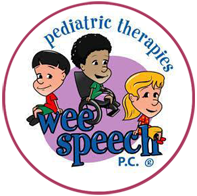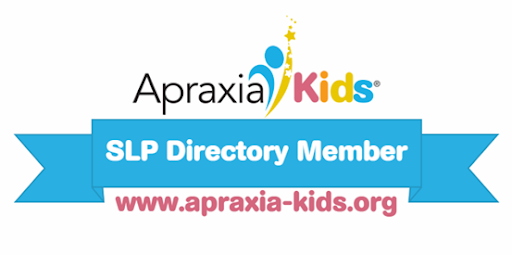AAC (Augmentative and Alternative Communication) isn’t just about pushing buttons or pointing to pictures, it’s about giving someone the tools and opportunities to communicate effectively. Whether it’s a high-tech speech-generating device or a simple picture board, AAC is most powerful when it’s used in natural, meaningful contexts.
1. Make it part of the moment: AAC use shouldn’t be limited to “therapy time.” Bring it into everyday routines—requesting a snack at the table, commenting during play, or greeting a friend.
2. Model!: Just like spoken language, AAC needs to be seen and heard before it’s used independently. Point to symbols as you talk, narrate what’s happening, and demonstrate how to combine words.
3. Focus on more than requests: AAC isn’t only for “I want…” It’s for sharing thoughts, telling stories, asking questions, expressing feelings, and even joking! Encourage a variety of communication functions to build richer interaction.
4. Be patient and celebrate attempts: It can take time for someone to learn how to navigate a system and form messages. Celebrate all efforts, even partial ones, and respond as if their message is meaningful, because it is!
5. Keep it accessible: AAC works best when it’s always available, at home, at school, and in the community. The more opportunities to use it, the more natural it becomes.
When AAC is embedded into daily routines, it transforms from a tool into a voice!
Get a Free Online Assessment
Looking for an expert opinion on your child's needs? Fill out a 3 minute questionnaire and receive a personal evaluation from our staff




